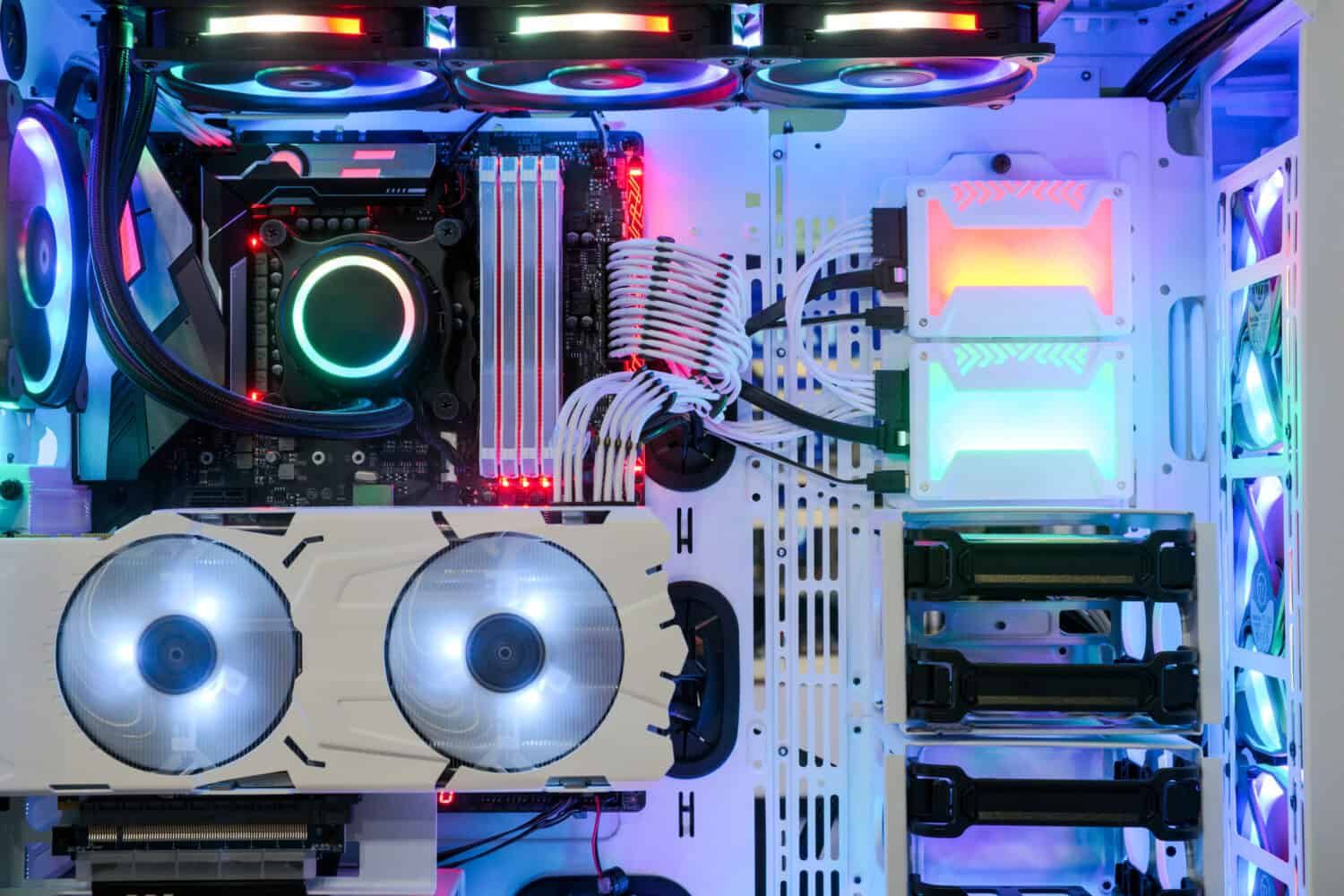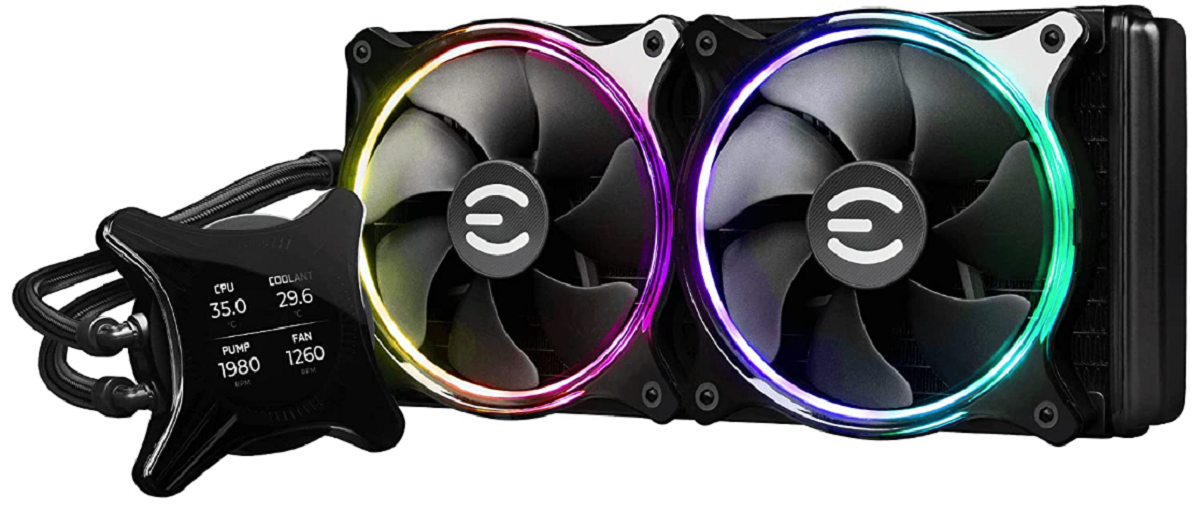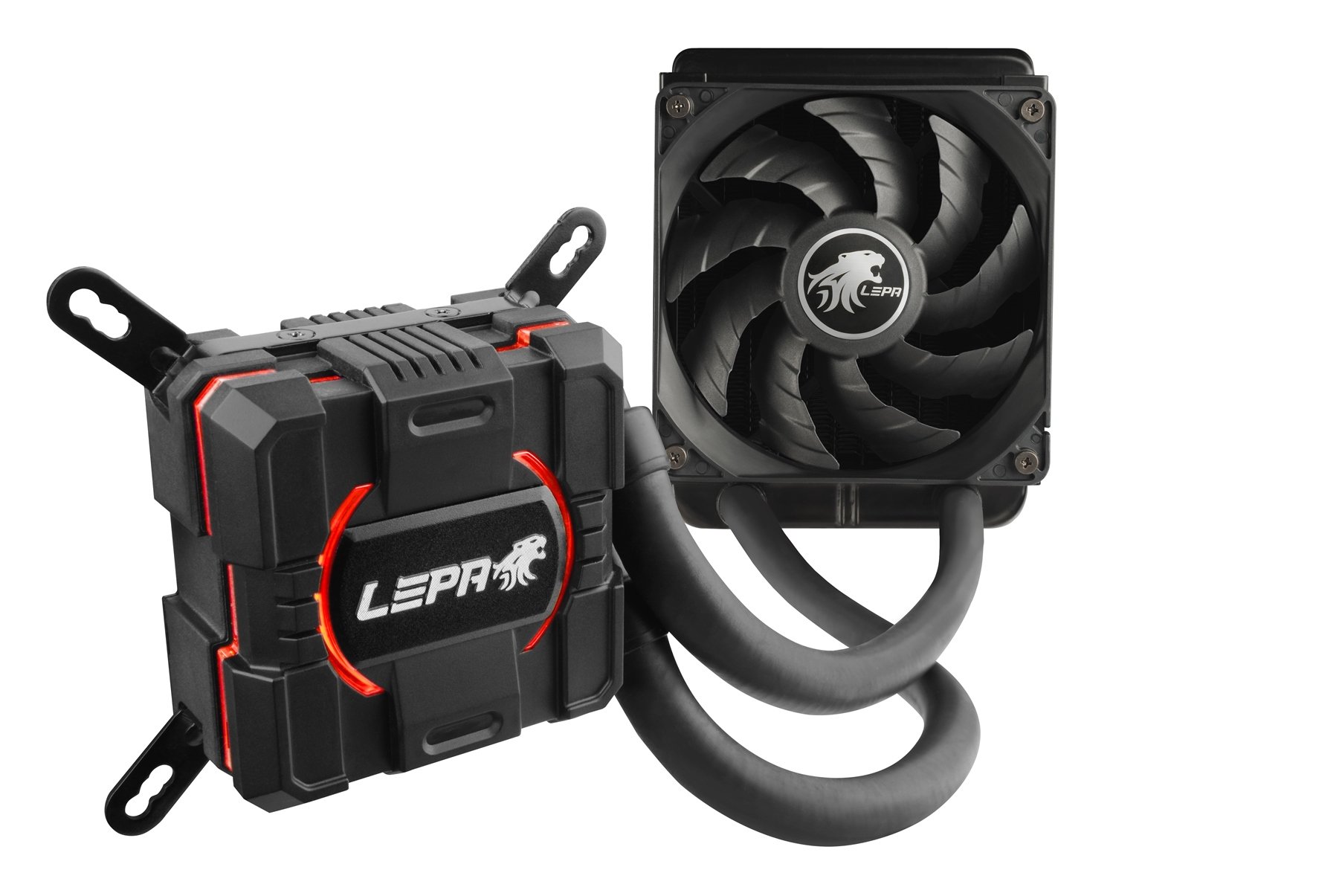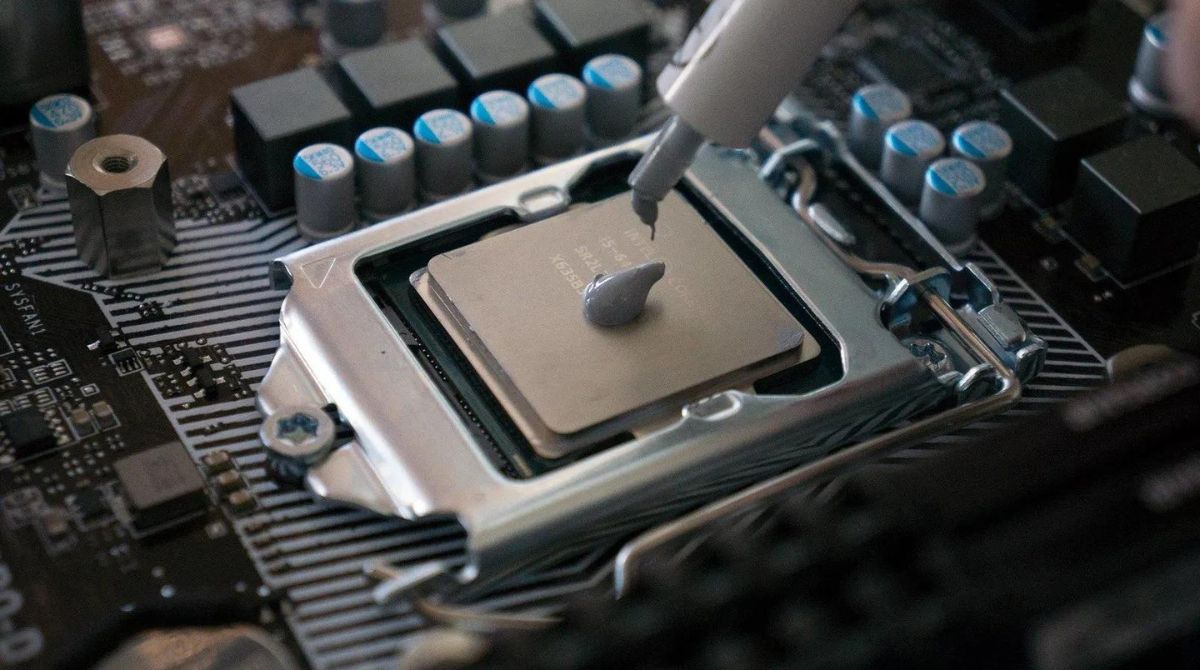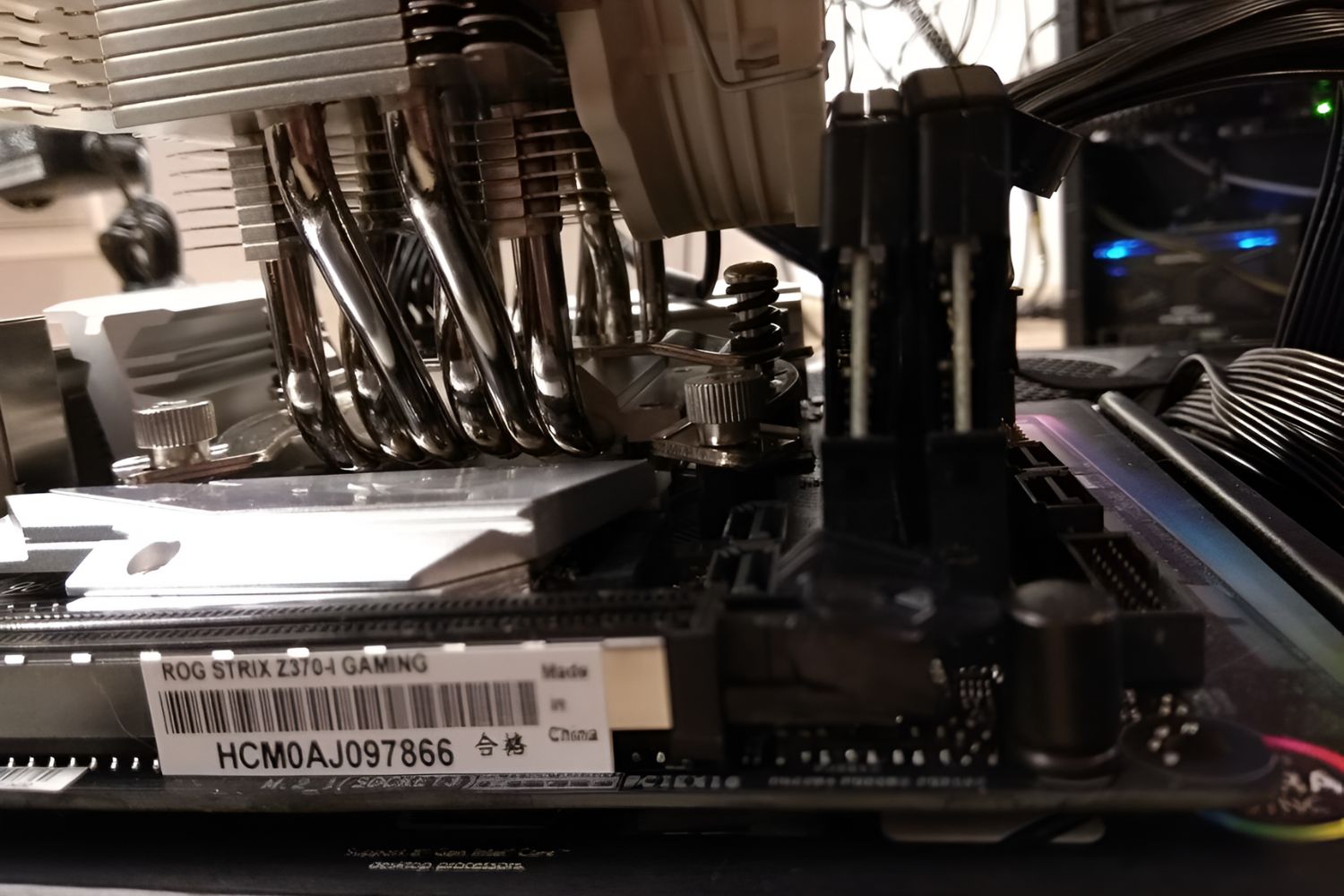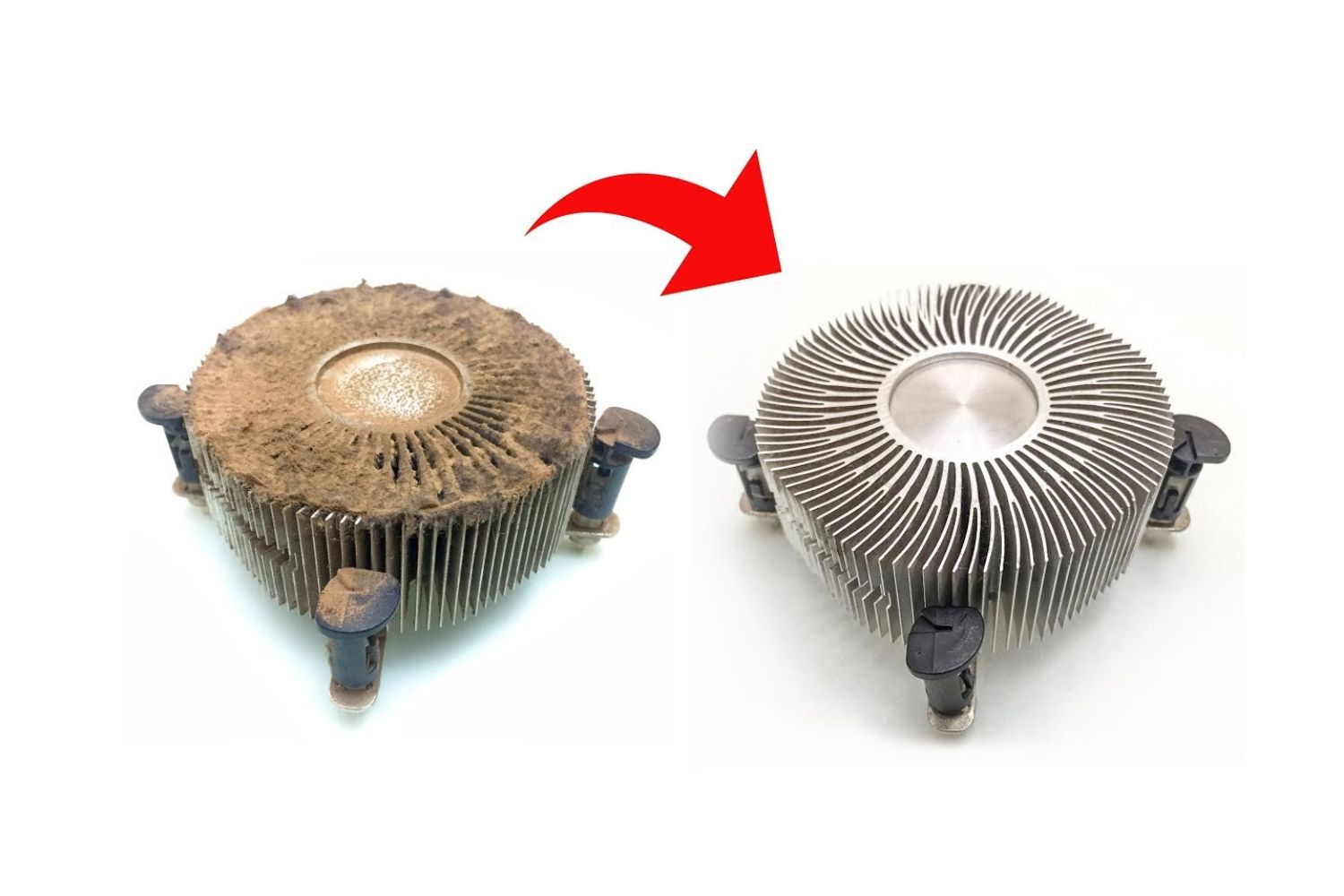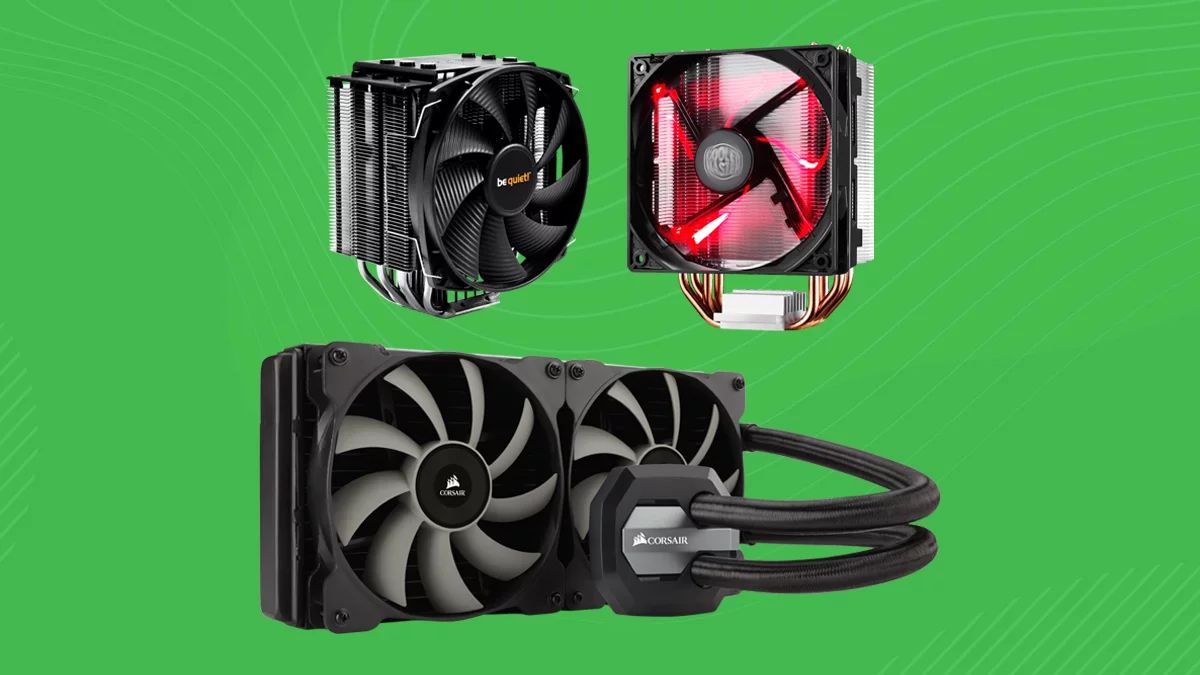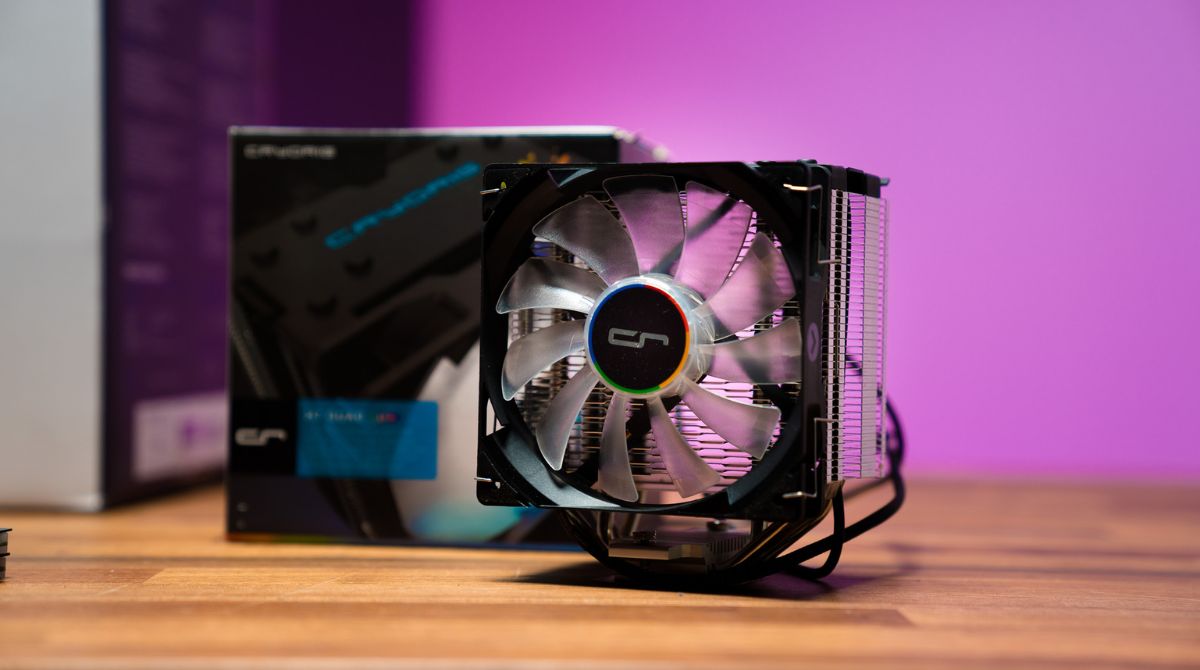Does CPU Cooler Touching Case Cause Issues?
One common concern among PC builders and enthusiasts is whether or not the CPU cooler touching the case can cause any issues. The truth is, it depends on various factors, including the design of the CPU cooler and the case itself. While some cases are designed to accommodate larger coolers and provide ample clearance, others may have limited space, making it more likely for the CPU cooler to come into contact with the case.
When the CPU cooler is touching the case, it can potentially lead to several problems. Firstly, it can cause vibrations, resulting in increased noise levels. The contact between the cooler and the case can create a transfer of vibrations, which can amplify the noise produced by the cooler’s fans. This can be distracting for users who prefer a quieter system.
Another potential issue is the risk of short circuits. If the CPU cooler comes into direct contact with any metallic parts of the case, such as the motherboard or other components, it can lead to a short circuit. This can cause severe damage to the components and even render them unusable.
In addition, when the CPU cooler touches the case, it can disrupt the airflow within the system. Proper airflow is crucial for maintaining optimal temperatures and preventing overheating. When the cooler is in contact with the case, it can obstruct the airflow or create hotspots, leading to higher CPU temperatures and potential performance issues.
Furthermore, if the CPU cooler is not securely installed or fixed in place, it may shift or move slightly over time. This movement can cause the cooler to come into contact with the case, leading to the aforementioned issues. It’s important to ensure that the cooler is properly installed and firmly secured to avoid any potential problems.
In summary, while it is not ideal for the CPU cooler to touch the case, it can cause issues such as increased noise levels, potential short circuits, poor airflow, and potential shifts in cooler position. It’s crucial to choose a compatible CPU cooler and case combination, and ensure proper installation to avoid these problems.
Possible Issues When CPU Cooler Touches the Case
When the CPU cooler comes into contact with the case, it can give rise to several potential issues that can affect the performance and lifespan of your system. Let’s take a closer look at some of these possible problems.
Firstly, as mentioned earlier, one of the main issues you may encounter is increased noise levels. When the CPU cooler touches the case, it can cause vibrations to transfer, resulting in amplified noise. This can be particularly bothersome if you value a quieter computing experience. The continuous buzzing or humming sound can be distracting and impact your overall enjoyment while using the system.
Another potential problem is the risk of short circuits. When the CPU cooler makes direct contact with metal parts of the case or other components, it can create a pathway for electrical current to flow where it shouldn’t. This can lead to short circuits, which have the potential to damage various parts of your system, such as the motherboard, CPU, or GPU. In severe cases, it may even render your entire system inoperable.
Poor airflow is yet another issue that can arise when the CPU cooler touches the case. Efficient airflow is crucial for maintaining optimal operating temperatures, especially for the CPU. When the cooler is in direct contact with the case, it can impede the proper circulation of air inside the system. This can result in higher CPU temperatures, potentially leading to thermal throttling and decreased performance. Over time, this can also contribute to the degradation of CPU components.
Additionally, when the CPU cooler touches the case, it can lead to inadequate heat dissipation. The purpose of the CPU cooler is to absorb heat generated by the processor and expel it away from the system. However, when the cooler is in contact with the case, it can create a barrier that restricts the dissipation of heat. This can cause the CPU to become hotter than desired, leading to thermal issues and potential damage to the processor.
In summary, when the CPU cooler touches the case, you may experience increased noise levels, a higher risk of short circuits, impaired airflow, and insufficient heat dissipation. To ensure optimal performance and longevity of your system, it is essential to address this issue and take necessary measures to prevent the cooler from touching the case.
CPU Cooler Compatibility with Case
Ensuring compatibility between your CPU cooler and case is crucial to avoid potential issues such as the cooler touching the case. Here are some key factors to consider when assessing the compatibility:
Form Factor: The CPU cooler and case should be compatible in terms of their form factors. Common CPU cooler form factors include the standard ATX, micro-ATX, and mini-ITX. Similarly, cases are also available in different form factors to accommodate various sizes of coolers. Make sure to check the specifications of both the cooler and case to ensure a proper fit.
Cooler Height: The height of the CPU cooler is an important consideration. Cases have varying amounts of vertical clearance, and if the cooler is too tall, it may come in contact with the case side panel or other components. Measure the maximum cooler height supported by your case and compare it with the height of the CPU cooler to ensure compatibility.
Socket Compatibility: The CPU cooler must be compatible with the socket type of your processor. Common sockets include Intel’s LGA 1151 and AMD’s AM4. Check that the cooler supports the appropriate socket type to ensure a secure and proper installation.
Fan Compatibility: Consider the number and size of fans that the case and cooler can accommodate. Some cases have specific fan mounting locations and sizes, and the cooler should not obstruct these or interfere with the overall airflow of the system.
Radiator Support: If you’re using a liquid cooling solution with a radiator, ensure that the case has mounting points and sufficient space to accommodate the radiator. It’s important to verify the radiator size and compatibility (120mm, 240mm, etc.) as specified by both the cooler and case.
Clearance Around CPU Socket: Pay attention to the surrounding components near the CPU socket, such as RAM slots or power delivery components. Some CPU coolers have large heatsinks that may interfere with the adjacent components, making it necessary to choose a low-profile cooler or carefully consider the case’s layout.
By considering these factors, you can ensure proper compatibility between your CPU cooler and case. This not only helps in preventing the cooler from touching the case but also ensures efficient cooling, optimal performance, and a longer lifespan for your system.
How to Prevent CPU Cooler from Touching Case
To prevent the CPU cooler from touching the case and avoid potential issues, there are several steps you can take:
1. Choose a Compatible CPU Cooler: Selecting a CPU cooler that is specifically designed to fit within your case is essential. Consider the height and dimensions of the CPU cooler as specified by the manufacturer, comparing them to the available space in your case. Ensure that the cooler is suitable for your processor’s socket type as well.
2. Read the Case Specifications: Familiarize yourself with the specifications of your case regarding CPU cooler clearance and recommended maximum cooler height. These details can help you identify any potential compatibility issues and choose the appropriate cooler for your system.
3. Install the CPU Cooler Properly: During installation, make sure to follow the instructions provided by the manufacturer. Ensure that the cooler is securely fastened and properly aligned on the CPU socket. Double-check that there is no contact between the cooler and the case before proceeding.
4. Use Spacers or Washers: If you find that the CPU cooler is still coming into contact with the case, you can use spacers or washers to create additional clearance. Place these between the cooler mounting brackets and the case to create a small gap, preventing direct contact.
5. Adjust Fan Placement: If the CPU cooler has adjustable fans, you can reposition them to create more clearance between the cooler and the case. Ensure that the fans are still properly aligned for optimal airflow and cooling efficiency.
6. Consider Low-Profile Coolers: In cases with limited vertical clearance, low-profile CPU coolers can be a suitable option. These coolers are designed to have a smaller height and are less likely to come into contact with the case. However, keep in mind that they may have lower cooling efficiency compared to larger, high-performance coolers.
7. Verify Screw Tightness: Periodically check the screws or mounting brackets of the CPU cooler to ensure they are tightened properly. Over time, vibrations or movements can cause the cooler to shift, potentially leading to contact with the case. Regularly tightening the screws helps maintain a secure and stable installation.
By following these steps, you can effectively prevent the CPU cooler from touching the case and mitigate any potential issues associated with direct contact. Proper installation, compatibility checks, and adjustments, if necessary, will help ensure optimal performance and longevity for your system.
What to Do If CPU Cooler is Touching Case
If you find that your CPU cooler is touching the case, it is important to address the issue promptly to prevent any potential problems. Here are some steps you can take to rectify the situation:
1. Check the Installation: Start by verifying that the CPU cooler is installed correctly. Ensure that all screws or mounting brackets are securely fastened and that the cooler is properly aligned on the CPU socket. If there are any loose or misaligned components, readjust and tighten them as needed.
2. Confirm Proper Clearance: Check if the case provides ample clearance for the CPU cooler. Look for any potential obstructions or interference, such as protruding cables or case fans. If necessary, rearrange cables or adjust fan positions to create more space around the CPU cooler.
3. Use Insulating Material: To prevent any potential short circuits, you can use insulating material to create a barrier between the CPU cooler and the case. Electrically non-conductive materials such as electrical tape or silicone pads can be placed on the contact points to minimize the risk of direct electrical contact.
4. Consider a Different Case or Cooler: If the issue persists despite taking the aforementioned steps, you may need to consider either changing your case or opting for a different CPU cooler. Look for a case that provides better clearance or a CPU cooler with a lower profile to avoid contact with the case.
5. Consult Technical Support: If you are unsure how to address the issue or if it persists even after attempting the above steps, it is advisable to contact technical support for assistance. They can provide guidance specific to your case and offer solutions tailored to your system’s configuration.
6. Monitor Temperatures and Performance: After implementing any necessary adjustments or fixes, closely monitor the temperatures and performance of your system. Keep an eye on the CPU temperature during heavy usage or stress tests to ensure that the cooler is functioning as intended and that there are no unusual spikes or thermal issues.
In situations where the CPU cooler is touching the case, it is crucial to take remedial action promptly. By ensuring proper installation, creating clearance, using insulating materials, and seeking technical support if needed, you can resolve the issue and ensure the optimal performance and longevity of your system.
Conclusion
When it comes to PC build and maintenance, the issue of the CPU cooler touching the case is a valid concern. While it may not always cause immediate problems, such as short circuits, it can lead to issues like increased noise levels, compromised airflow, and potential shifts in cooler position.
To prevent these problems, it is important to consider CPU cooler compatibility with the case. Choosing a compatible cooler that fits within the case’s specifications, ensuring proper installation, and addressing any clearance or contact issues are crucial steps in preventing the cooler from touching the case.
If you find that the CPU cooler is indeed touching the case, promptly check the installation, adjust fan placement, consider insulating materials, and seek alternative cases or coolers if necessary. Monitoring temperatures and performance after resolving the issue is also important to ensure optimal system functionality.
Overall, taking proactive measures to prevent the CPU cooler from touching the case is essential for maintaining a quiet, efficient, and long-lasting system. By paying attention to compatibility, performing proper installations, and addressing any issues promptly, you can enjoy a smooth and trouble-free computing experience.







